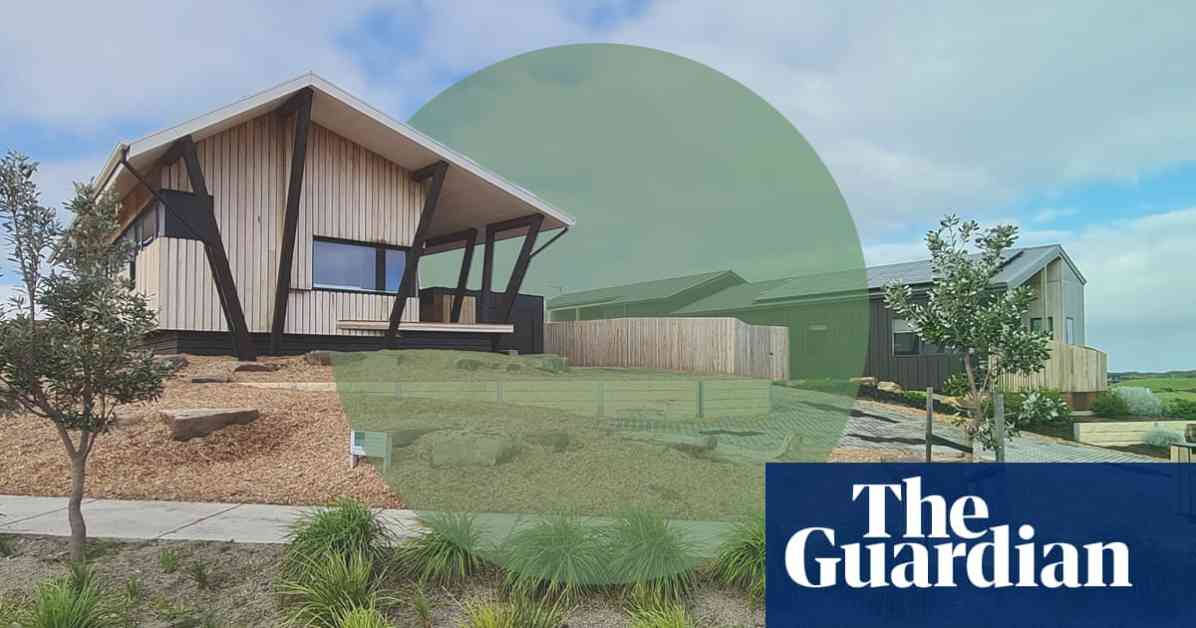Building an eco-friendly home is a significant step towards reducing your environmental impact and creating a more sustainable living space. Whether you are starting from scratch with a new build, renovating an existing home, or simply interested in learning more about sustainable building methods, there are various entry points to explore based on your budget and level of commitment.
### The Importance of Starting Simple
When it comes to eco-friendly home building, simplicity can be a powerful starting point. One way to dip your toes into sustainable construction is by participating in community-run earth building projects. These projects offer hands-on experience with sustainable building methods using earthen materials, such as cob or massone bricks made from the earth.
Laura Marini, a sustainable living educator, emphasizes the importance of understanding that houses are like our “third skin.” She believes that everyone should know that it is possible to build with the resources found beneath our feet and to do so with our own hands and feet. By participating in earth building workshops like the ones Marini runs in Melbourne and regional Victoria, individuals can gain valuable insights into sustainable living practices and eco-friendly construction techniques.
### Research and Consultation: Key Steps in Eco-Renovations
For homeowners considering eco-renovations, taking the time to research and consult widely is crucial. Richard Keech, an ecohouse owner who successfully reduced his energy and water consumption levels through an ecologically-focused renovation, emphasizes the importance of immersing oneself in the available options to gain a comprehensive understanding of what a high-performance ecohome entails.
Keech advises against rushing the renovation process and recommends prioritizing passive improvements to the home, such as window glazing and proper insulation, over gadgets or devices. By focusing on improving the thermal envelope of the home, homeowners can significantly enhance comfort levels and reduce running costs. Keech also highlights the benefits of transitioning to all-electric homes and installing solar PV systems to achieve energy efficiency and lower energy bills.
### Setting Energy Performance Targets: A Roadmap to Success
As homeowners embark on their eco-friendly building journey, it is essential to set energy performance targets and ensure that the new build or renovation meets these goals. Keech suggests aiming for a 7.5 or 8-star energy rating in Australia, as this range offers excellent comfort and low running costs while remaining achievable and affordable. By working with designers and builders who specialize in energy efficiency, homeowners can create sustainable living spaces that prioritize environmental responsibility and long-term cost savings.
After completing a successful eco-renovation of his period home in suburban Melbourne, Keech and his wife, Kate, set their sights on building a high-performing timber home in Cape Paterson. Designed to maximize thermal and energy performance, the home incorporates features such as triple-glazed windows, airtight design, highly insulated raised floors, and passive solar elements to minimize heating and cooling requirements. The result is a visually stunning, energy-efficient home that provides exceptional thermal comfort and low energy bills.
In conclusion, building an eco-friendly home requires careful planning, research, and consultation to ensure that sustainability goals are met effectively. By starting simple, exploring sustainable building methods, and setting energy performance targets, homeowners can create environmentally responsible living spaces that prioritize comfort, efficiency, and long-term sustainability.






















